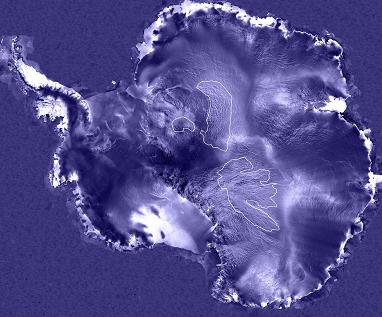 |
| Credits: CSA |
RADARSAT-1 is the first commercial Earth observation satellite developed in Canada, and it is equipped with a powerful synthetic aperture radar (SAR) instrument.
Launched on November 4, 1995, from Vandenberg Air Force Base in California, the satellite is well beyond the planned five-year lifetime, and continues to provide images of the Earth for both scientific and commercial applications.
Canada is involved in space debris mitigation research and development activities. In Canada, these activities are coordinated by the Canadian Space Agency, which formed a group, the Orbital Debris Working Group, in order to address a number of objectives such as to increase the knowledge and awareness of orbital debris in the space community, to encourage research in orbital debris and mitigation measures, and to support development of orbital debris detection and collision avoidance techniques and technologies.
In Canada, the space operators and manufacturers are adopting space debris mitigation measures on a voluntary basis. Existing guidelines are used for monitoring activities to prevent on-orbit collisions and conduct post-mission disposal procedures. Space system manufacturers have to provide, among other things, information regarding the method of disposal for the satellite and the estimated duration of the satellite disposal operation.
 |
| Credits: NASA/GSFC Scientific Visualization Studio |
The Canadian Space Agency has prepared post-mission disposal plans for its remote sensing satellite RADARSAT-1, plans that comply with the guidelines of the United Nations document entitled Guidelines for Space Debris Mitigation and with the measures required for the space hardware manufacturers in Canada.
The remaining fuel will be used to lower the orbit and orient the satellite so that drag is maximized.
Also, the energy stored in the propellant tanks, the reaction wheels, and the batteries of the satellite will be removed. In this way, the on-orbit retirement period of the satellite is reduced to the lowest possible.
You can find more information about RADARSAT-1 on the Canadian Space Agency’s web site.











 Subscribe to blog posts using RSS
Subscribe to blog posts using RSS










